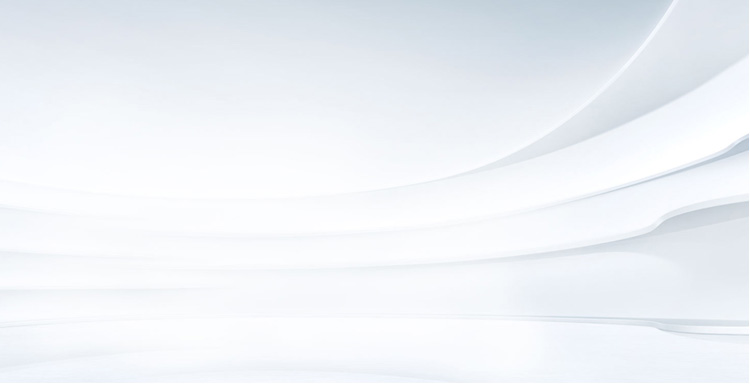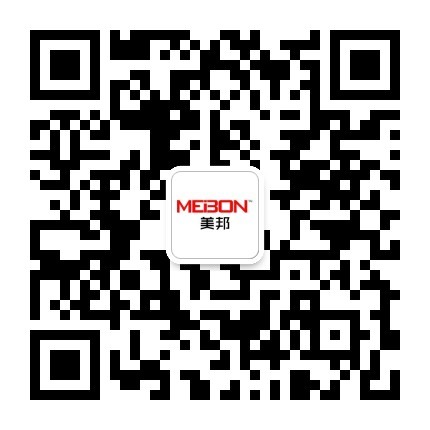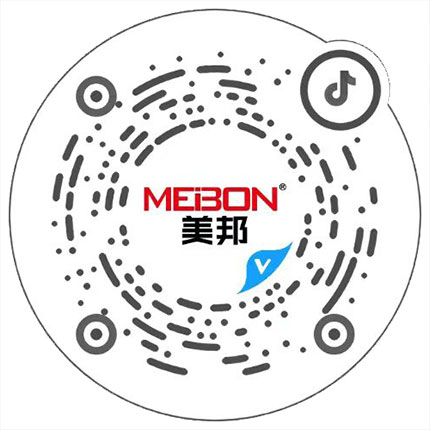Knitted fabric is the use of knitting yarns bent into a circle and string formed fabric. The difference between knitted fabric and woven fabric is that the form of yarn is different in fabric. Knitting is divided into weft knitting (weft, knitted, fabric) and warp knitting (warp, knitted, fabric). At present, knitted fabric is widely used in clothing, fabrics and materials, home textiles and other products, and has been loved by the vast numbers of consumers. In the process of printing and dyeing, knitted fabrics always appear in all kinds of problems. In this paper, 5 problems are most common.
1. color fastness is not qualified
Fastness fastness, soaping fastness, perspiration fastness, rubbing fastness and sublimation fastness and ironing fastness, the key lies in the dye fastness, structure performance, but also with the fiber, dye concentration, dyeing technology and environmental conditions are closely related, so the color fastness is required, the key is to choose the dye, followed by the application of dyeing process and additives.
The dyeing process of formulation, must be based on the dyes, fiber and reasonably determine the indicators of customer, to help in the dye additives, under certain conditions as far as possible on the fastness of dyeing fibers, to make it fully fixed, for AIDS, is a good selection of leveling agent and accelerant, the dye slowly and evenly and fully. Two is to add fiber dyeing; chelating agent, overcome dyes and metal ions in water complexation and floating color, and reduce the activity of dye hydrolysis in water; the three is to choose good soap lotion to the net, floating, and anti floating color to stain the fabric; the four is to choose the appropriate fixing agent, the sublimation fastness, light fastness and so there is no ideal for fixing agent, soaping fastness, perspiration fastness, rubbing fastness and other indicators have excellent fixing agent can choose.
2. wrinkles
The main causes of equipment reasons, there are reasons for cloth loading amount, bath ratio causes and process operation, equipment such as a pipe with different quantity of cloth, cloth and cloth between the pressure and friction force, and the size of pump power are effects of fabric smoothness, bath ratio size the cloth will affect the smoothness of operation caused by too much foam additives in heating and cooling appear cold and hot phenomenon will cause the fine wrinkling phenomenon of fabric style and floating operation. At present, the bath lubrication wrinkle softener can improve the fine wrinkle agent, bath, bath treasure phenomenon, but if the device does not improve, process control is poor, rely on the lubricant plus bath can not be avoided completely fine wrinkle produced.
3. wind print
Little wind to India and auxiliary relations, the key is the performance of dye itself (acid) and fabric with pH, air humidity and acid gas, such as direct dyes in the light blue GC, yellow G, acid gas is easy to produce Air India, the activity of KN-G, blue brilliant orange X-GN the pH sensitive is easy to produce Air India and disperse dyes such as yellow RGFL sensitive to alkali, but also easy to produce wind and India, to aid, and must do so on, as far as possible PH=7. So we must also pay attention to the neutralization of acid and alkali acid varieties, as far as possible with acetic acid or organic acid can not substitute, with alternative acid containing H2S04, HCl and other strong inorganic acid, alkali also choose as far as possible to ease some.
4. brittle damage
Damage performance strength decreased, in addition to pretreatment the cause of brittle damage or even holes due to improper oxygen bleaching processes, damage caused by dyeing stage there are two reasons, one is like this black by the dye photosensitive damage, with brittle agent improvement, as well as reducing dye dyeing medium the reducing agent and strong oxidizing agent on the fiber damage; two is dyed by acid neutralization stage stage or improper, and in general with acid is acetic acid, and the current market supply of some alternative acid, these alternative acid some like BASF, organic acid buffer, sulfur acid, hydrochloric acid, phosphoric acid and other inorganic strong acid, acetic acid is better than even the performance, so is the organic acid of Ningbo branch of textile auxiliaries, some disadvantages of these acid buffer but also improve the ice acetic acid glacial acetic acid (winter use inconvenience, fumes, residual acidity, With the metal ions in the water (such as Ca2+, Mg2+) and so on, stay on the fabric, resulting in color fading, dark and so on. And some containing H2S04, HCl, H3P04 and other alternative acids, not only lead to changes in dyeing shade, dyeing and finishing equipment and pumps have corrosive effect, and after neutralization acid residue will cause fabric brittle in acid conditions.
5. color points (including white spots)
The causes of color spots are also many, such as white spots, may be immature cotton dye dye is not the cause, but also may be soda ash and other solid stained cloth, causing partial not dye and other reasons. The main reason for color spots is that:
(1)Improper choice of dyes: dye particles are too large or easy to agglomerate and color points.
(2)Dye dissolution bad: dissolved dyes into the dye stained on the fabric and color.
(3)Poor water quality: poor water quality causes dye to coagulate.
(4)Net equipment: Tar like substance VAT down caused by the color point.
(5)Reason: join in dyeing auxiliaries auxiliaries dyes produced but sometimes causing agglutination color; too much foam and foam additives, dyes with colored foam, stick on the fabric color formation; additive precipitation and dye binding equipment and dip in the fabric, and condense on the device will turn from the fabric caused by color.
(article source: Dr. Dr. Sun Fang)
 ×
×







 閩公網(wǎng)安備 35058302350905號
閩公網(wǎng)安備 35058302350905號